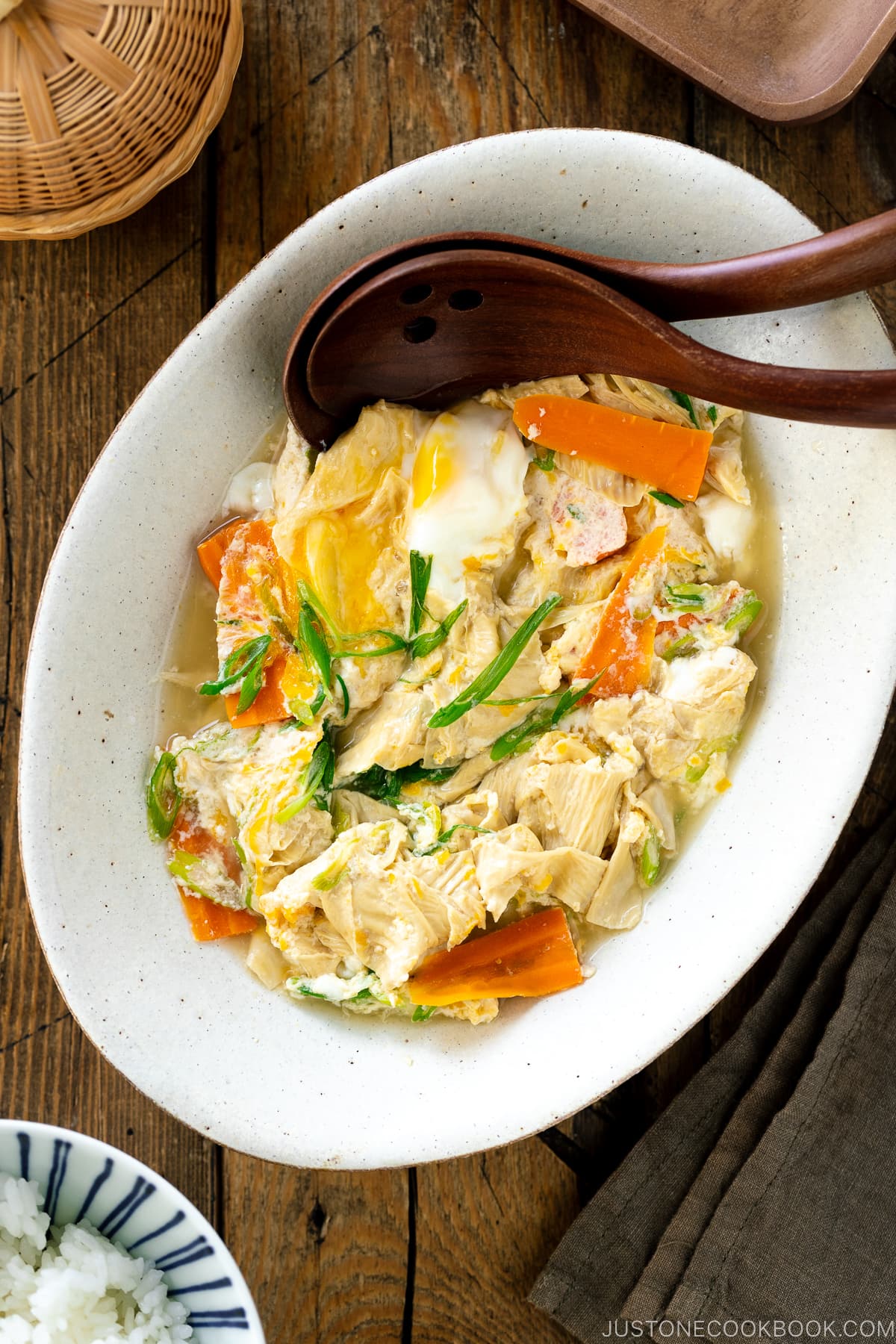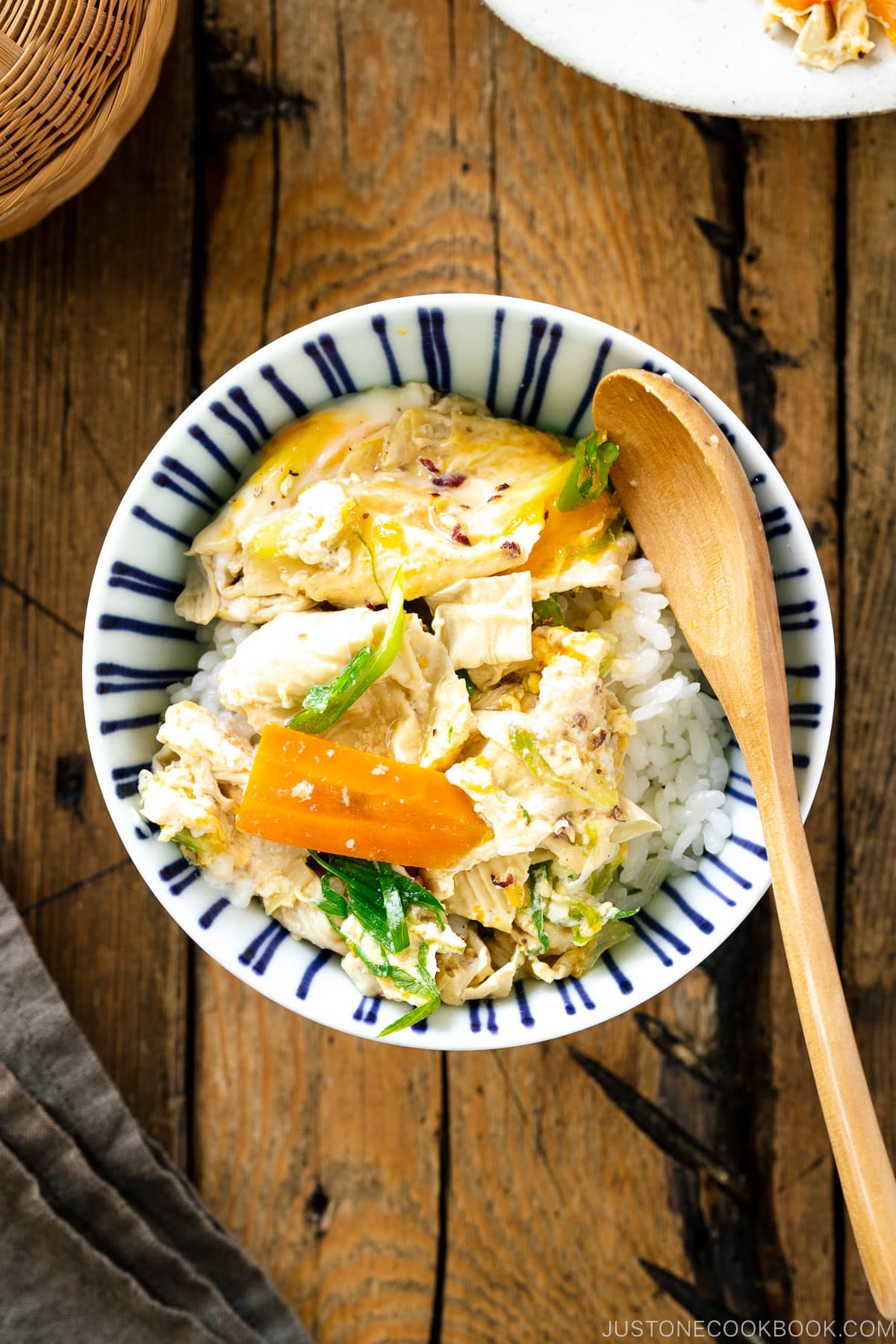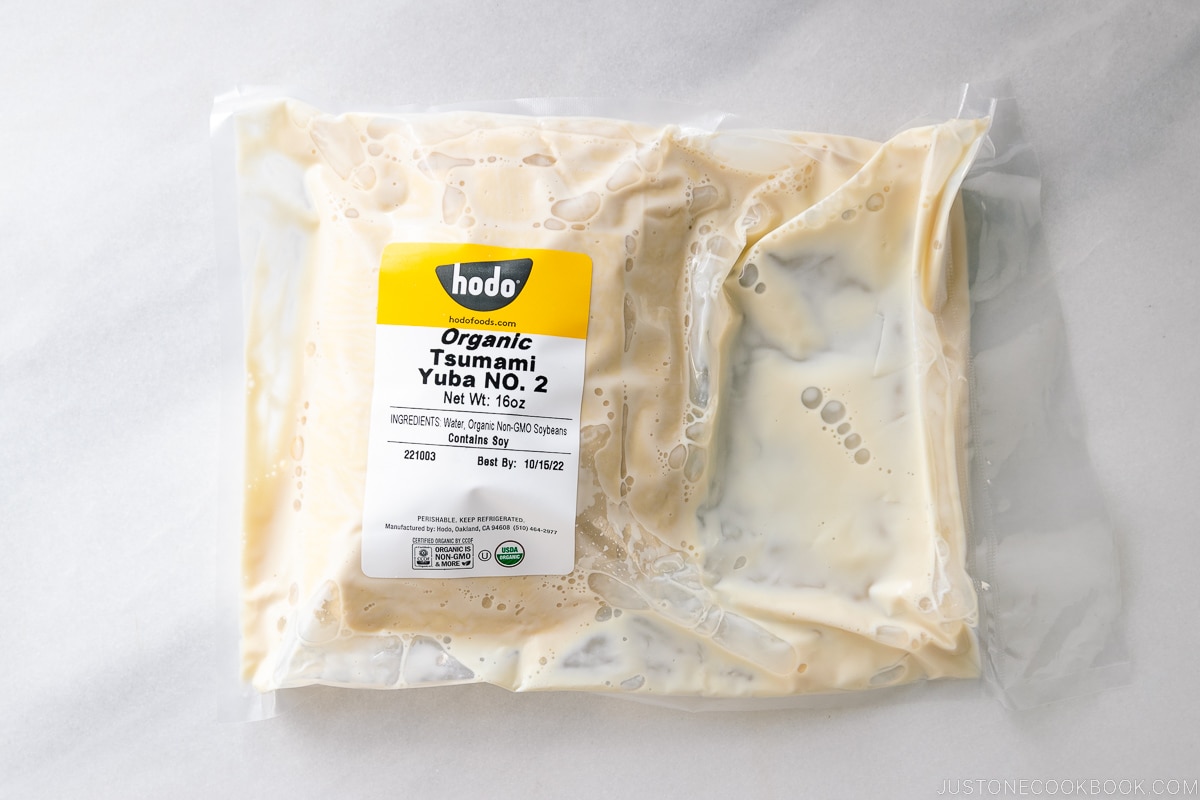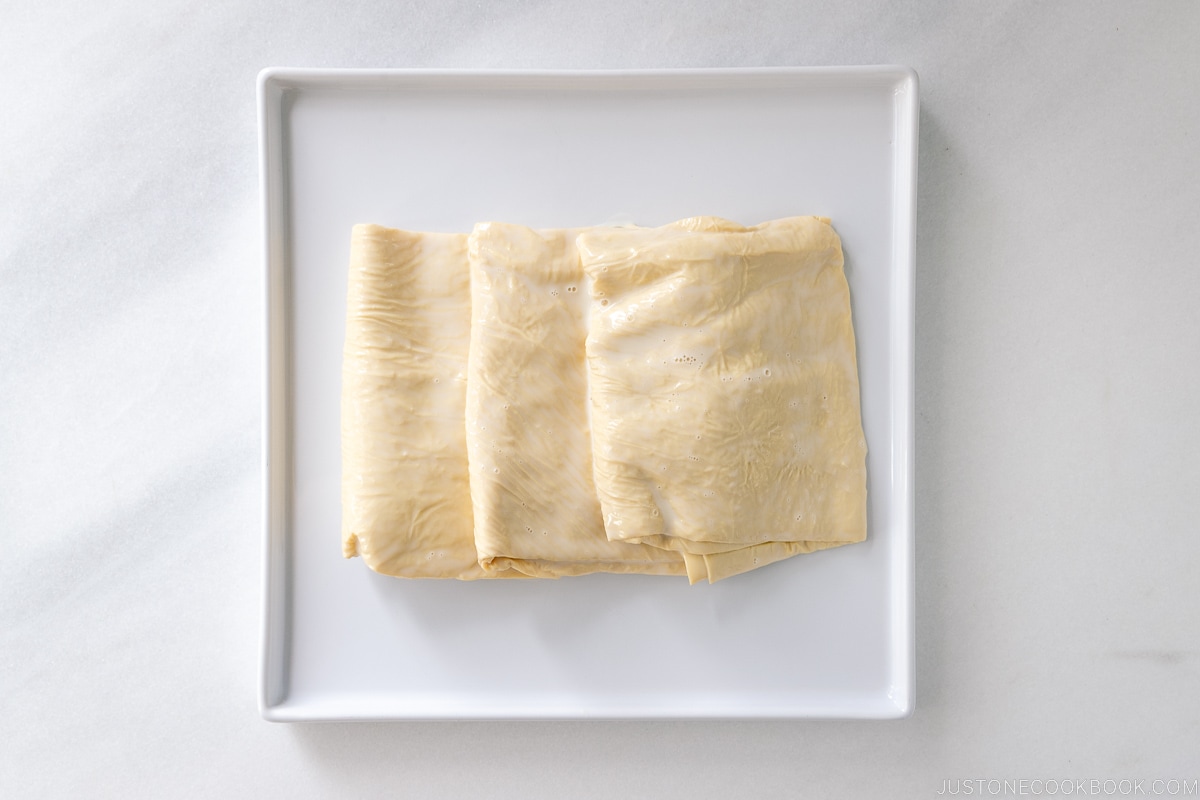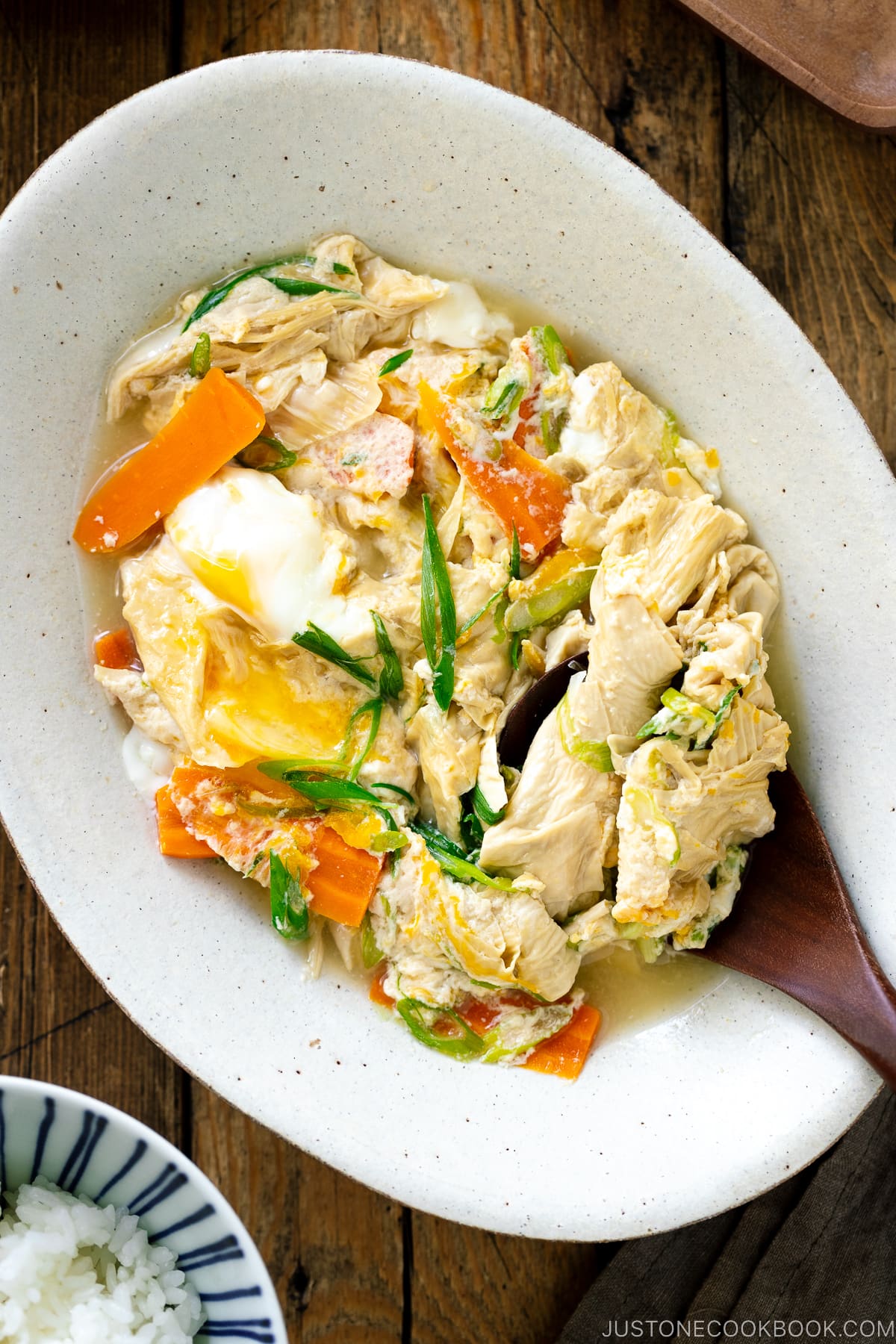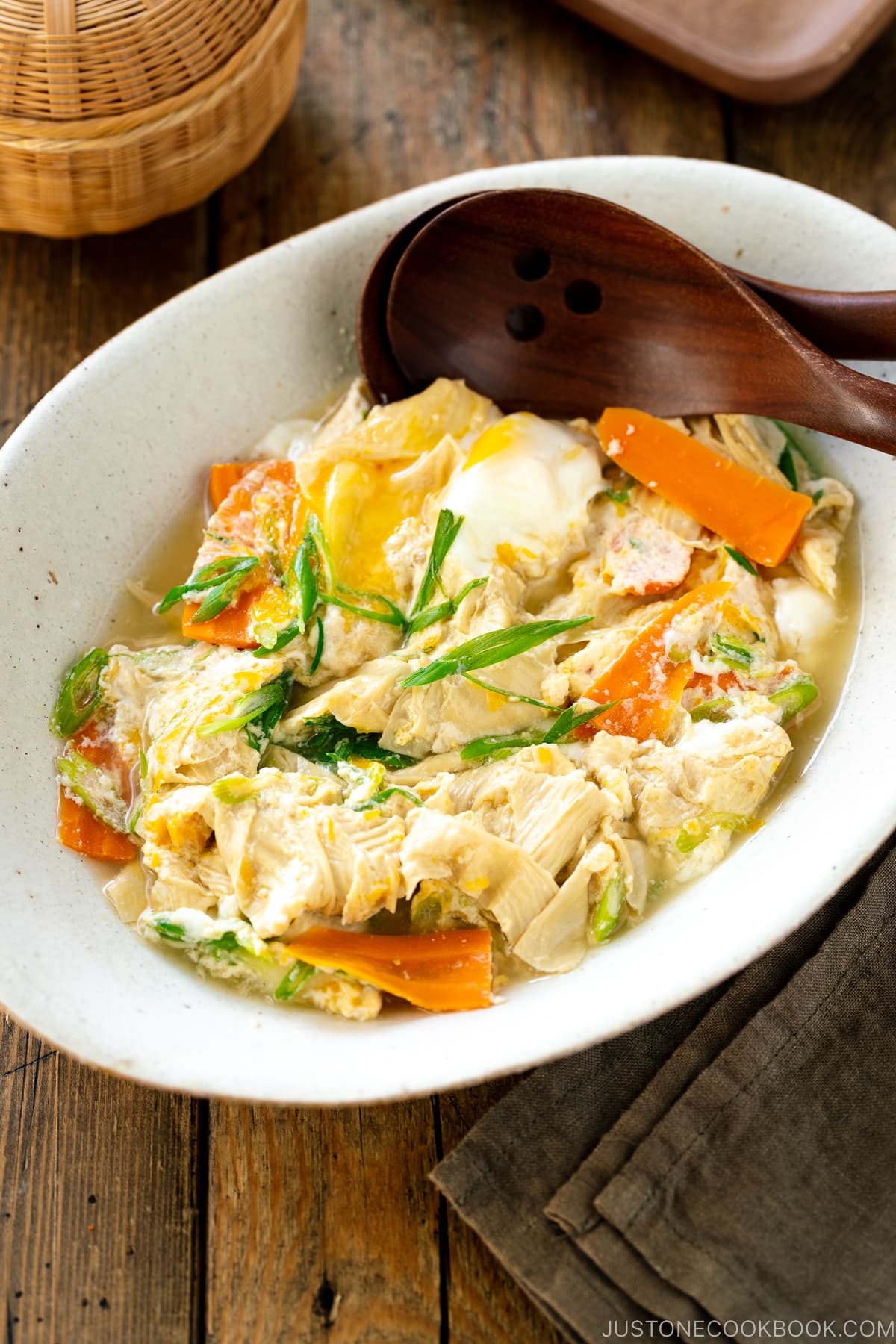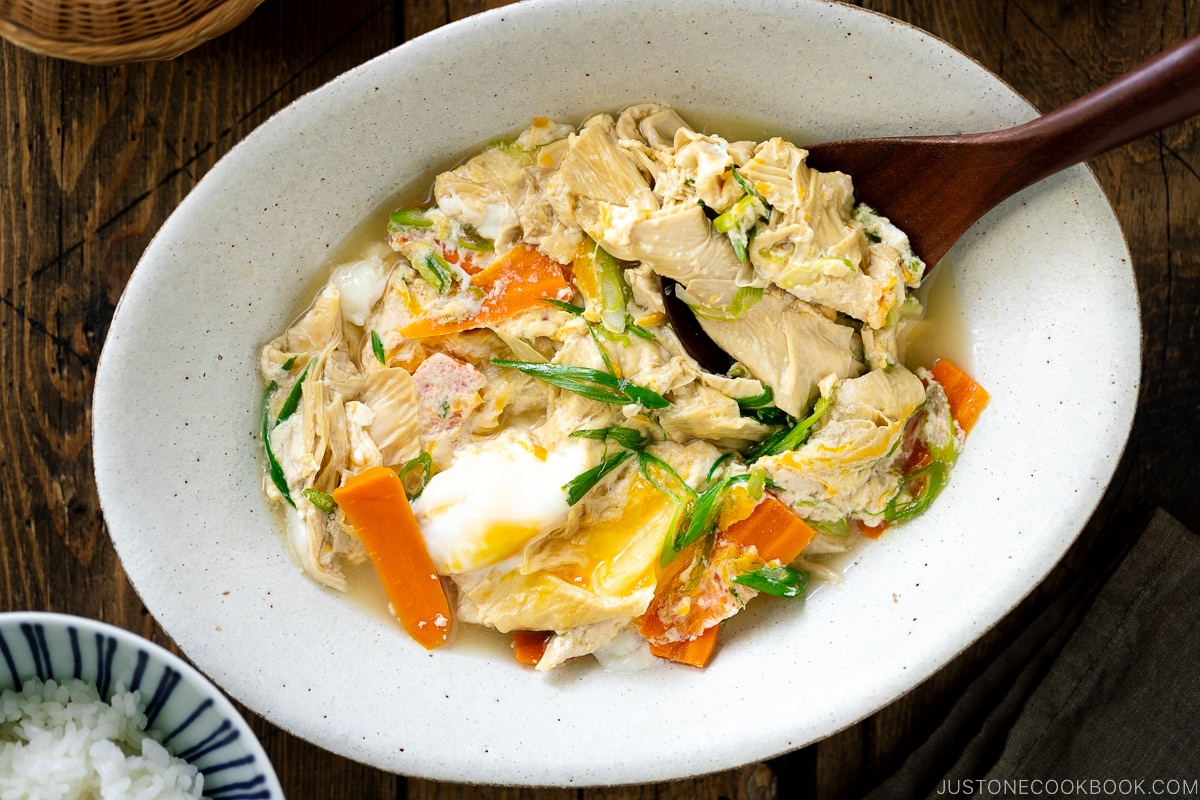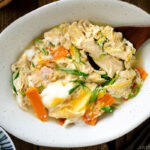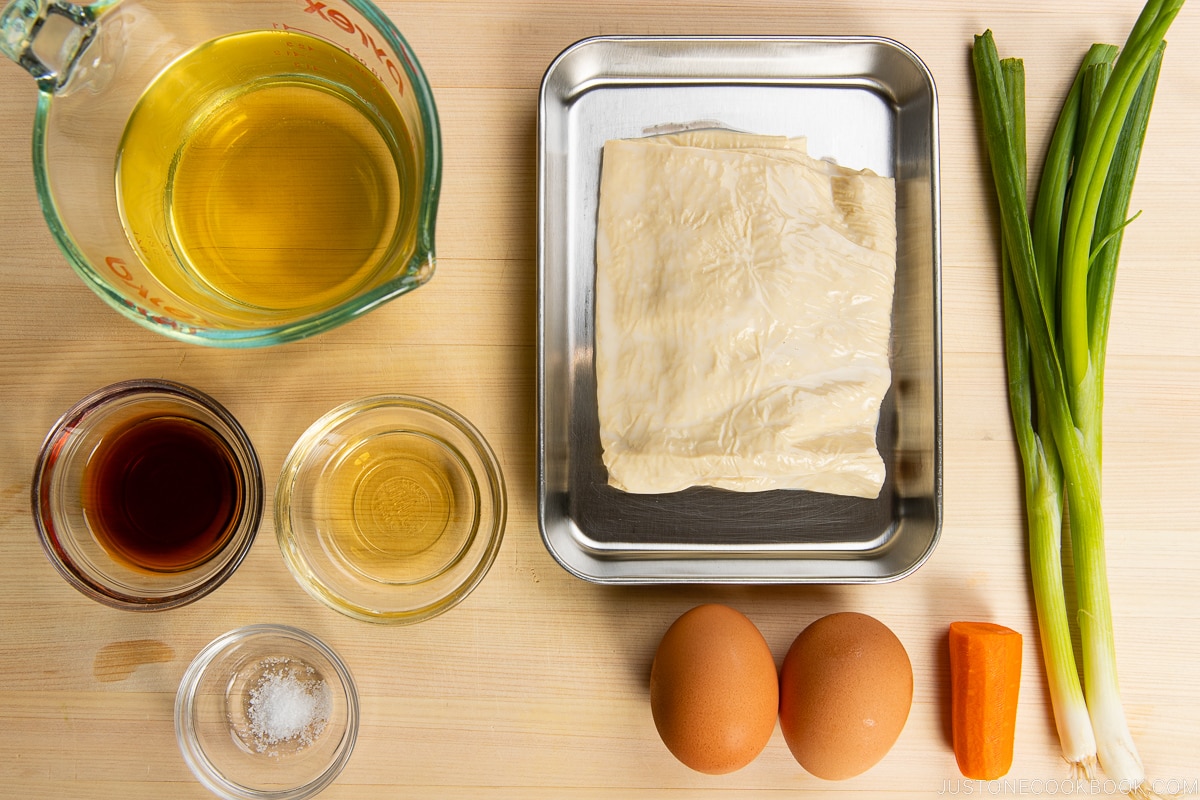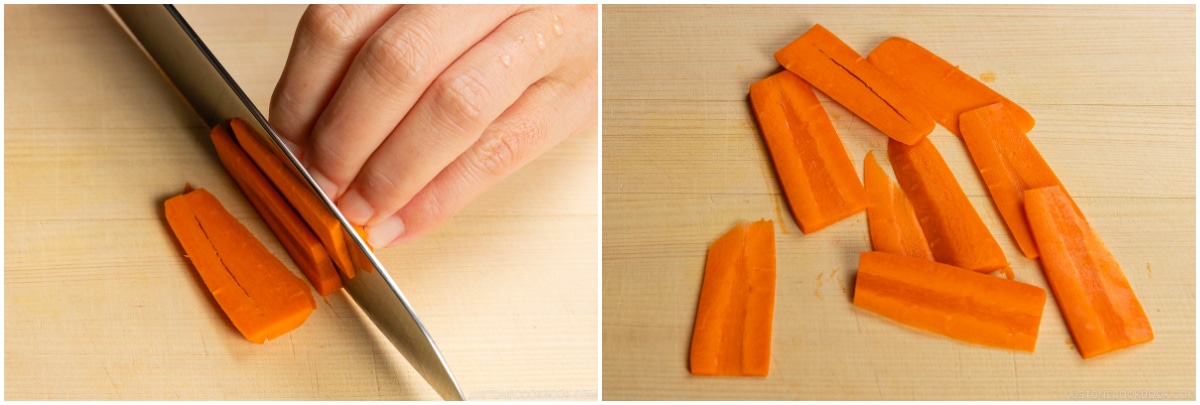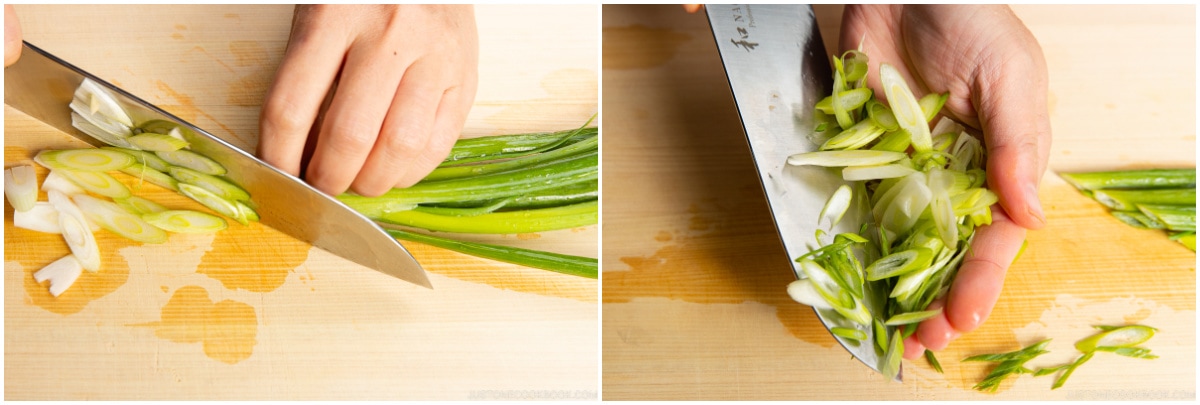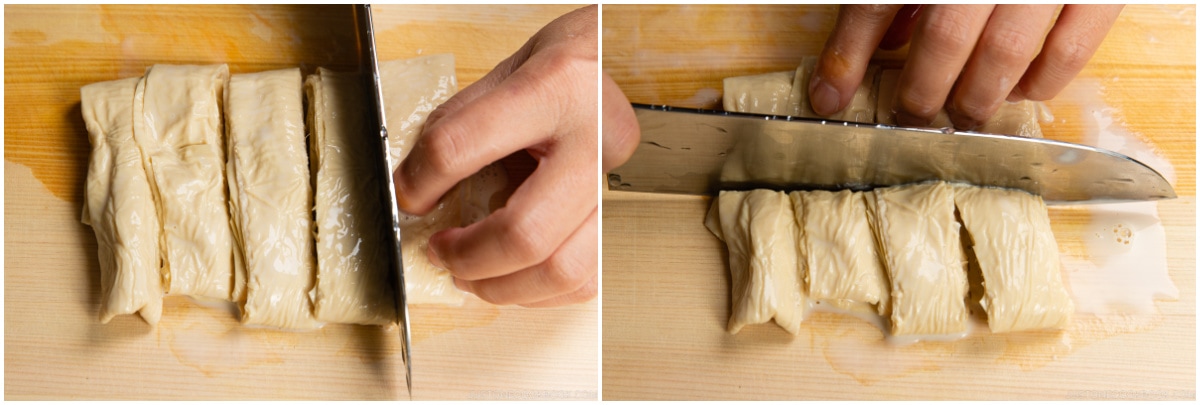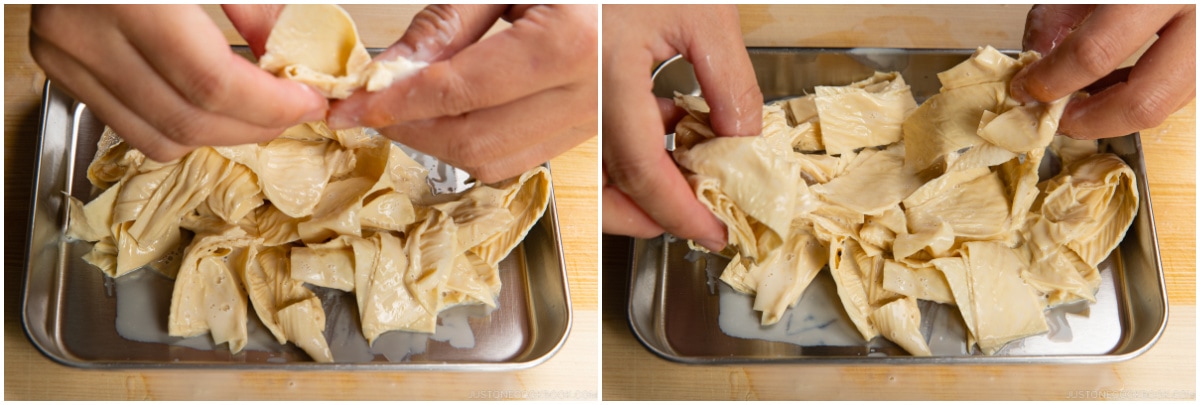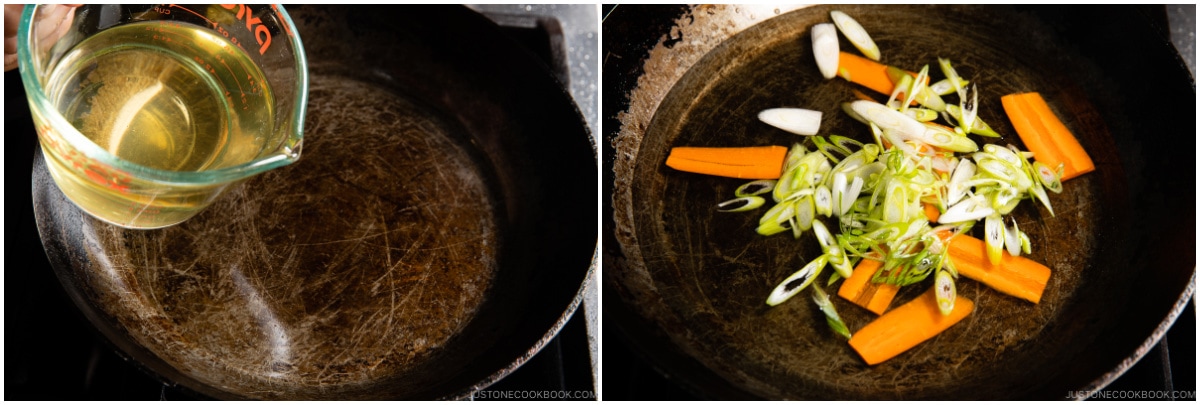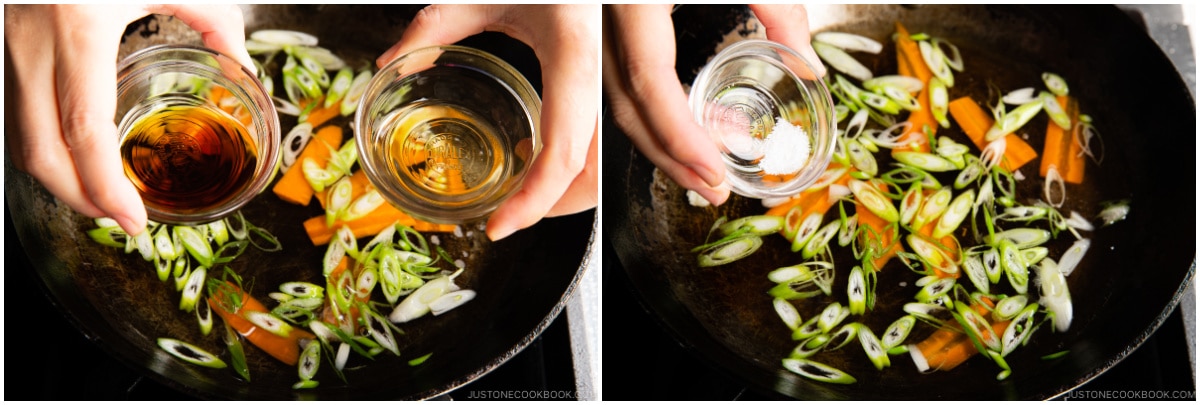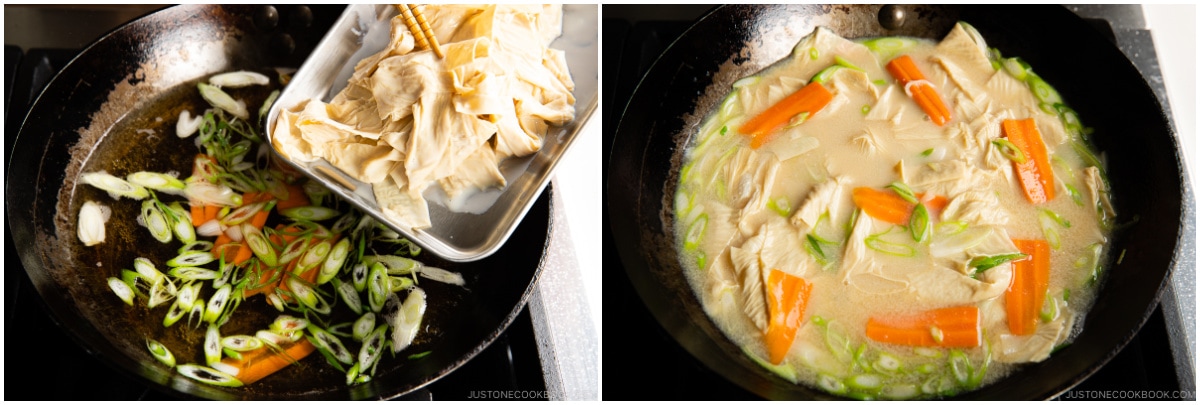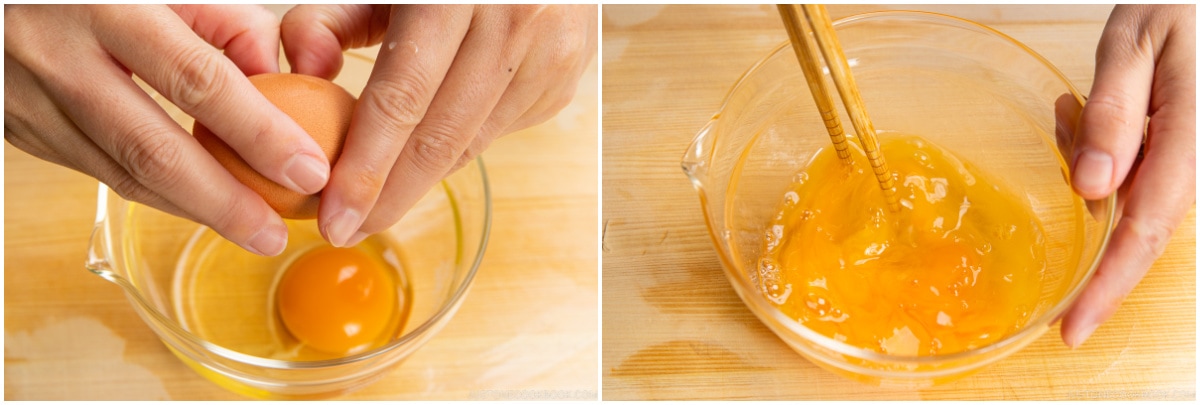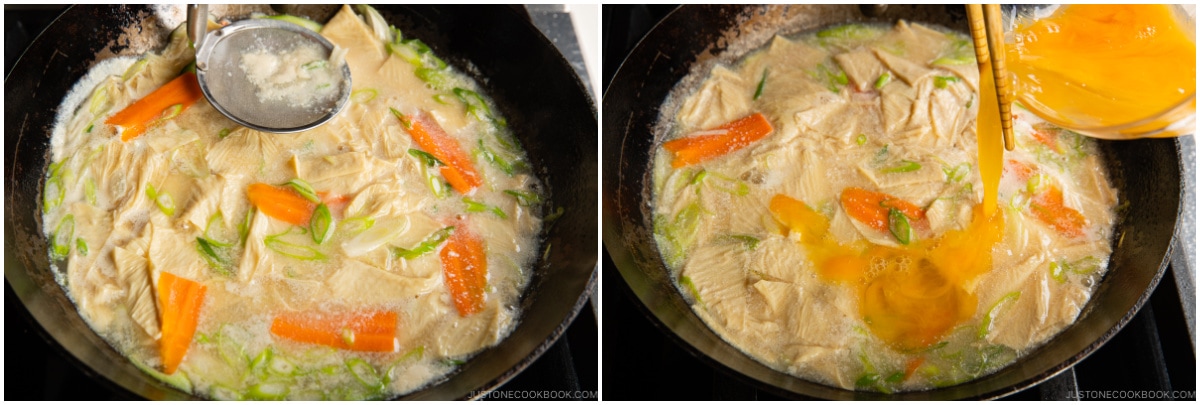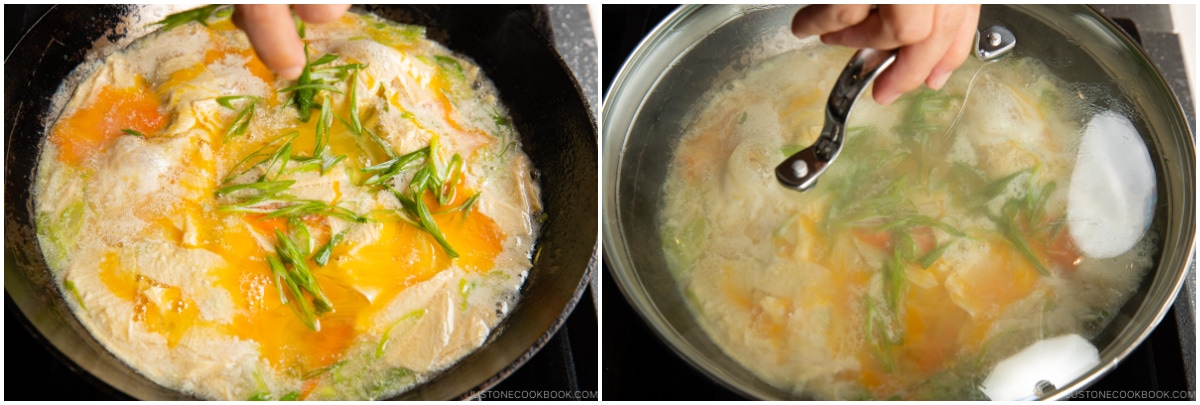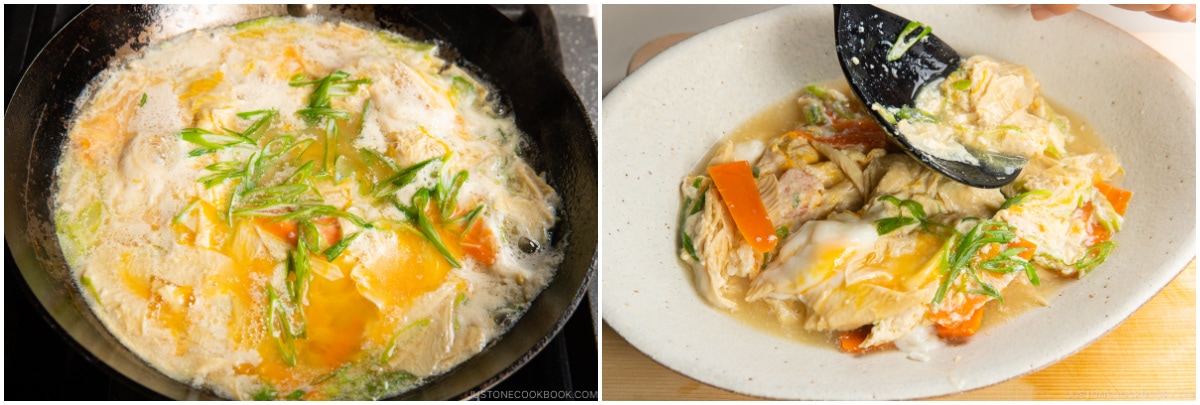Today, I’d like to introduce Tamagotoji (卵とじ), which is both a classic Japanese cooking method and a simmered type dish that uses soft-cooked eggs to bring the food together by adding protein, flavor, and dimension. It is an incredibly useful technique if you wish to expand your repertoire on Japanese homestyle cooking. You can apply tamagotoji to different ingredient pairings and serve them in various ways. For this specific recipe, I use fresh tofu skin (or yuba) from Hodo Foods, a special soy-based ingredient to highlight the beauty of tamagotoji. The end result is a light, healthy, and comforting dish.
Learn about Yuba (Tofu Skin)
Japanese tofu skin known as yuba (湯葉) is a thin film that forms when heating up soy milk, and it’s usually thinner than the Chinese version of tofu skin/sheet. This soft, undried tofu skin has to be used quickly or be refrigerated for a few days. If you’re interested in learning more, check out my Yuba (Tofu Skin) pantry page. Yuba has a light and rubbery texture and a rich, nutty, and bean-y flavor. It tastes just like soy milk. When they are stacked, they make a good substitute for meat. I consider it a very precious ingredient as I can’t get it easily at Japanese grocery stores, so thank you, Hodo Food, for giving me an opportunity to try this product! I got this Organic Tsumami Yuba No. 2 from Hodo Foods.
What is Tamagotoji?
Tamagotoji (卵とじ), also written as Tamago Toji, is a Japanese cooking method in which you pour the beaten egg (tamago) into a simmered dish so it seals (toji-ru, a verb) the top surface of the food. The beaten egg quickly binds the cooked ingredients and broth together. It’s a simple yet practical way to add substance and interesting texture to the food. The key is to make sure you’re not overcooking the egg so it is light and fluffy and clings to the other ingredients like lace. I’ve shared another Tamagotoji dish previously using lily bulbs I found at a Japanese market. Both lily bulbs and yuba (tofu skin) have delicate taste and texture, and tamagotoji was a perfect way to bring these ingredients to a starring role.
How to Make Yuba Tamagotoji
Ingredients You’ll Need
Yuba (Japanese-style tofu skin) Green onions (scallions) Carrot Dashi (Japanese soup stock) – you can also use Vegan Dashi or Kombu Dashi to make it vegetarian-friendly. Seasonings: soy sauce, mirin, and salt Eggs
Substitutions
The main feature of this dish is yuba, but if you cannot find it locally, you can simply skip it and use thinly-sliced medium-firm tofu or fried firm tofu as substitutions. You can also switch out carrots or scallion with other vegetables. If you’re using root vegetables which take a longer time to cook, then slice them thinly and increase the amount of dashi. You will need to simmer the vegetables until tender. Here are some suggestions:
Turnips Onion Potatoes Daikon Mushroom Bamboo shoot Bean sprout
Overview: Cooking Steps
Cooking Tips
Keep it simple! Besides eggs, keep the ingredients simple and minimal. I usually use only 2-3 ingredients. Here, I combined yuba, carrot, and Tokyo negi for color and texture. If you have light-colored soy sauce (usukuchi shoyu) in your fridge, use it. Keeping the broth in light color makes the dish more appetizing. If you don’t have it, use regular soy sauce. I keep light-colored soy sauce handy for making dishes like udon noodle soup, clear soup, and chawanmushi. Do not overcook the egg. You’ll need fluffy egg for this recipe. You can serve this dish over steamed rice or hot noodle soup.
What to Serve with Yuba Tamagotoji
Hijiki Rice (Takikomi Gohan) Salted Salmon (Shiozake) Chrysanthemum Greens and Tofu Salad (Shungiku Shiraae) Teriyaki Tofu Candied Sweet Potatoes
Wish to learn more about Japanese cooking? Sign up for our free newsletter to receive cooking tips & recipe updates! And stay in touch with me on Facebook, Pinterest, YouTube, and Instagram.
